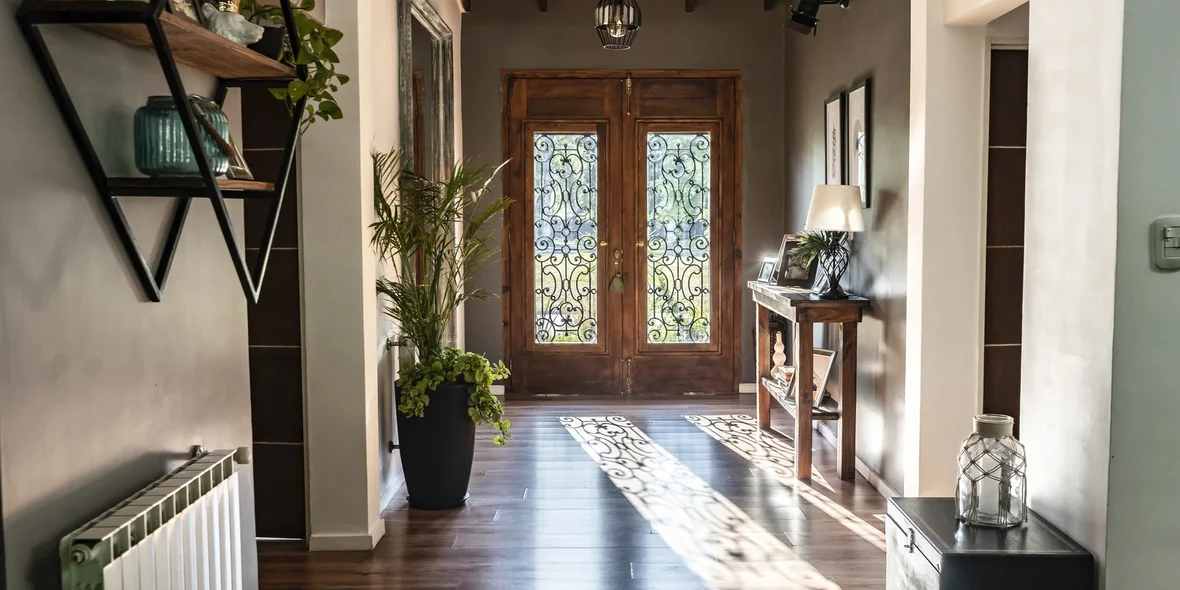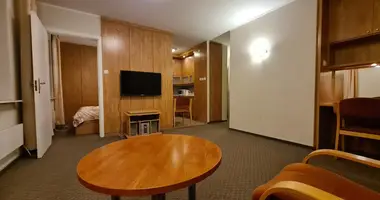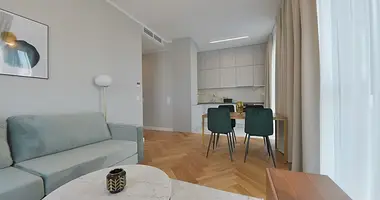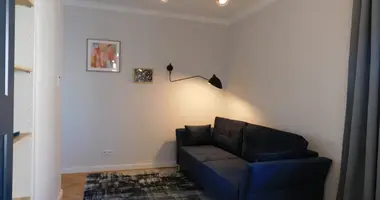
Top 9 Mistakes When Preparing a Property for Renting Out and How to Avoid Them
Long-term property rental is an effective way to generate stable income. However, a steady flow of prospective tenants is not always guaranteed, and there may be several reasons for this. Poorly planned renovations, pricing mistakes, or neglecting the condition of the property can deter tenants and lead to vacancy periods. These are not just losses — they are missed profits.
This article outlines the key steps in preparing a property for long-term rental, as well as the most common mistakes that often lead to low demand.
How to Properly Prepare a Property for Rental
The first step is to conduct a full technical inspection of the property: plumbing, electrical wiring, heating systems, ventilation, windows, and doors. This will help identify hidden issues that could lead to emergencies — for example, a short circuit caused by old wiring or flooding due to worn-out pipes. After fixing the identified problems, both you and the tenant will have peace of mind, with fewer complaints, emergency repairs, and unnecessary conflicts.
Assessing Functionality and Regulatory Compliance
The second key step is ensuring the property complies with building, sanitation, and fire safety regulations. Non-compliance — such as lack of proper ventilation or unapproved layout changes — can result in fines from regulatory authorities or denial of lease registration.
Target Audience Analysis
Identify your target tenants: families, students, young professionals, retirees. Understanding your audience allows you to tailor the property to specific expectations, speeding up the rental process and potentially increasing rental income. For example, in university towns, it’s best to prepare student accommodations in summer to hit the market before the academic year begins.
Rental Market Research
Study rental listings in your area. Compare properties by size, condition, amenities, and pricing. Market analysis helps you set a competitive rental rate — one that attracts tenants without sacrificing potential income. Skipping this step risks overpricing (which repels tenants) or underpricing (leading to lost revenue). Understanding the competitive landscape also shows which improvements are justified — for instance, installing air conditioning — and which may be excessive. For example, if most rentals in the area are furnished, an unfurnished unit may see lower demand. Vacancy rate data can help estimate how quickly your property will find a tenant, which is essential for planning.
Financial Assessment of Profitability
Calculate expected costs for repairs, upgrades, and utilities (if included in rent). Estimate potential profitability by comparing the anticipated rental income to preparation and maintenance expenses. Don’t forget to factor in taxes, insurance, and potential vacancies. Financial assessment helps avoid unjustified expenses and forecast rental profitability. For instance, an expensive designer renovation rarely pays off in the budget segment but may be justified for premium properties.
Long-term property rental
Top Mistakes in Preparing Property for Rental
Preparing a property for long-term rental requires attention to detail. Mistakes at this stage often lead to vacancies, reduced income, conflicts with tenants, or even legal issues. Below are the most common missteps, their consequences, and how to avoid them.
Ignoring Defects
Owners often underestimate the importance of repairs, leaving leaky faucets, worn-out flooring, chipped paint, or faulty sockets unattended. These defects create an impression of negligence and reduce the property’s appeal. Tenants notice even minor flaws, which may lead to refusals or demands for a lower rental price.
Setting an Inadequate Rental Rate
In pursuit of quick profit, some landlords set prices without analyzing the market. These prices are often inflated and drive tenants away. As a result, the property remains vacant, generating no income while still incurring utility and maintenance costs, turning potential profits into losses.
Lack of a Lease Agreement
Renting out a property without a formal lease agreement complicates legal protection for both parties in case of disputes. If a tenant refuses to pay rent, damages property, or causes issues with neighbors or authorities, the landlord may have no legal recourse, as no official contract exists. Conversely, the tenant is unprotected from sudden eviction, refusal of repairs, or arbitrary changes in conditions.
Using a generic lease template to formalize agreements often leads to ambiguities in situations not covered by the standard text. For example, most templates lack clauses on liability to third parties (e. g., water damage to neighbors, nighttime noise disturbances). In such cases, determining who should compensate the neighbors may require a court decision.
Overly Personalized Interiors
Renting out a flat filled with personal items or decorated in a highly specific style may alienate many potential tenants, reducing demand. It’s best to furnish the space with neutral, universal furniture and appliances and maintain a clean, minimalist style.
Poor-Quality Listings
Publishing dark, blurry photos with poor lighting and minimal information is a critical mistake. Photos are often the first (and sometimes only) impression a tenant gets, especially if they are relocating from another city or country and cannot view the property in person. Their decision may depend entirely on the listing.
It’s essential to provide detailed property descriptions, including strengths, weaknesses, and information about the surrounding infrastructure (shops, views, attractions). Photos should be taken in natural daylight to showcase the space properly.
Insufficient Tenant Screening
Accepting tenants without checking their financial solvency, rental history, or references can result in unpaid rent, property damage, and legal conflicts. In the worst-case scenario, eviction may require court intervention — a costly and time-consuming process. Always request ID, proof of income, and contact information for previous landlords. While this may reduce the pool of applicants, it significantly lowers financial risk.
Lack of Property Insurance
Forgoing property and contents insurance to save money can leave the landlord fully responsible for any damage, from fire, flooding, theft, or liability claims. Even if the tenant is at fault, their compensation may not fully cover repair costs. Therefore, insuring the rental property against fire, water damage, theft, and third-party liability is strongly recommended.
No Handover Document
Transferring the property without a handover report that documents the condition of the unit, utility readings, and inventory makes it difficult to prove damage or misuse later. For example, if a fire occurs due to tenant negligence, they may claim the electrical issues were pre-existing. Without proper documentation, disputes may require expensive legal proceedings and expert evaluations. To avoid this, always create a detailed handover report with photos and signatures from both parties.
Unjustified Renovation Expenses
Investing in expensive renovations or premium appliances without considering the target tenant group is a common financial pitfall. In the budget rental segment, designer renovations rarely pay off, as tenants are not willing to pay extra just for aesthetics.
Limited Advertising Channels
Listing the property on a single platform significantly limits visibility, especially in competitive markets. This reduces the number of potential tenants. To maximize reach, use multiple major listing platforms and supplement with promotion on social media.
Final Thoughts
Preparing a property for long-term rental demands careful attention to detail. Even something as minor as squeaky doors can cause tenant dissatisfaction — and where there’s dissatisfaction, conflicts often follow. Overlooking such nuances can result in extended vacancies, lost income, urgent repairs, and in extreme cases, legal proceedings.
Author
I write informative articles about real estate, investments, job opportunities, taxes, etc.

























